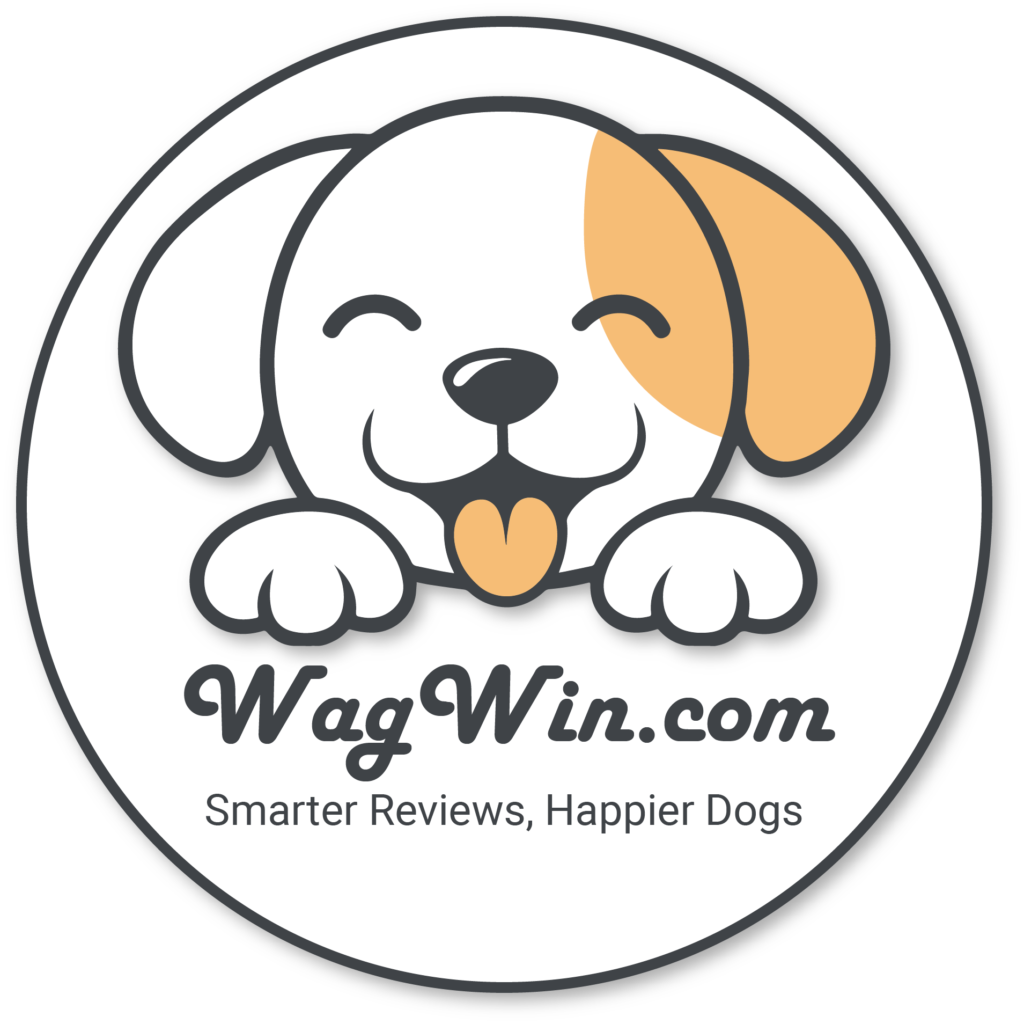(Article 5 of The World of Canine Cuisine)
In the ever-changing world of dog food, regulation and oversight play a critical role in ensuring the safety, quality, and nutritional adequacy of the products that line store shelves and fill our pets’ bowls. As we continue our journey through the dog food industry, this chapter will delve into the role of government agencies and industry associations in shaping the regulatory landscape, examining the challenges and controversies that have emerged from this complex web of rules and guidelines.
At the heart of the regulatory process are organizations such as the Association of American Feed Control Officials (AAFCO) in the United States and the European Pet Food Industry Federation (FEDIAF) in Europe. These organizations, which consist of representatives from industry, government, and academia, work collaboratively to develop and maintain standards for pet food safety, quality, and labeling. Their guidelines, which cover everything from ingredient definitions and nutritional profiles to labeling requirements and manufacturing practices, serve as the foundation for the regulation of dog food products.
In addition to these industry associations, government agencies play a significant role in the oversight of the dog food industry. In the United States, the Food and Drug Administration (FDA) is responsible for ensuring the safety of pet food products, while the United States Department of Agriculture (USDA) oversees the inspection of pet food manufacturing facilities. In Europe, the European Commission and national regulatory authorities work in tandem with FEDIAF to regulate pet food safety and quality.
Despite these layers of regulation, the dog food industry has faced its share of challenges and controversies. In recent years, there have been several high-profile recalls of pet food products due to contamination with harmful substances, such as melamine and salmonella. These incidents have raised concerns about the adequacy of existing regulatory measures and prompted calls for increased oversight and stricter standards.
In response to these concerns, regulatory agencies and industry associations have taken steps to strengthen the oversight of pet food manufacturing and improve the safety and quality of pet food products. Initiatives such as the FDA’s Food Safety Modernization Act (FSMA) in the United States and the European Commission’s efforts to harmonize pet food regulations across member states have sought to address gaps in the regulatory landscape and enhance consumer confidence in the products they purchase for their pets.
As we examine the complex world of dog food regulation, it is essential to recognize that the challenges and controversies that have arisen are a reflection of the passion and dedication that drive the industry. While no regulatory system is perfect, the collaborative efforts of industry associations, government agencies, and individual stakeholders demonstrate a commitment to continuously improve the safety, quality, and nutritional adequacy of dog food products.
In the chapters that follow, we will delve deeper into the dog food industry, exploring the environmental impact of pet food production, the ethical considerations that shape our choices as pet owners, and the emerging trends that will define the future of canine nutrition. As we navigate these complex issues, the regulatory landscape serves as a reminder of the importance of collaboration, innovation, and vigilance in our pursuit of optimal nutrition for our beloved canine companions.
